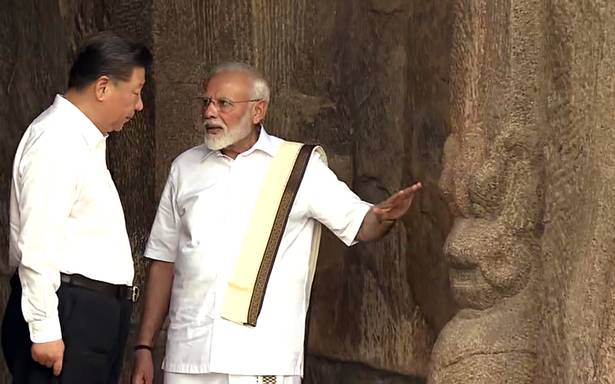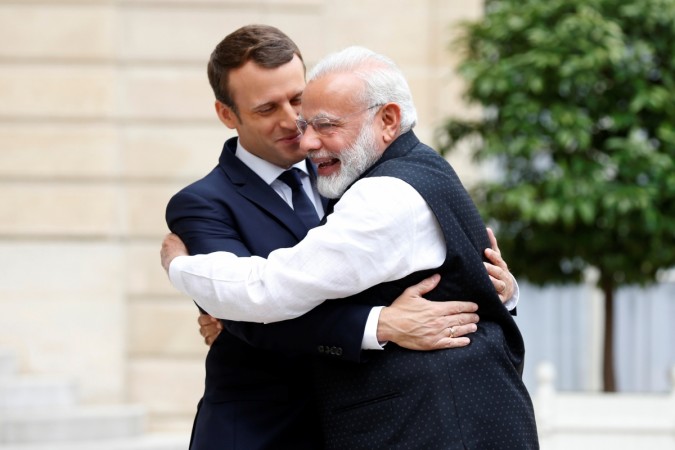Iran and China have quietly drafted a sweeping economic and security partnership that would clear the way for 400 billions of dollars of Chinese investments in energy and other sectors, undercutting the Trump administration’s efforts to isolate the Iranian government because of its nuclear and military ambitions.
Iran has been one of the world’s largest oil producers, but its exports, Tehran’s largest source of revenue, have plunged since the Trump administration began imposing sanctions in 2018; China gets about 75 percent of its oil from abroad and is the world’s largest importer, at more than 10 million barrels a day last year.
The partnership, detailed in an 18-page proposed agreement obtained by The New York Times, would disclosed the area of agreement that found vastly expand Chinese presence in banking, telecommunications, ports, railways and dozens of other projects. In exchange, China would receive a regular — and, according to an Iranian official and an oil trader, heavily discounted — supply of Iranian oil over the next 25 years.
The document also describes deepening military cooperation, potentially giving China a foothold in a region that has been a strategic preoccupation of the United States for decades. It calls for joint training and exercises, joint research and weapons development and intelligence sharing — all to fight “the lopsided battle with terrorism, drug and human trafficking and cross-border crimes.”
[splco_spacer]

[splco_spacer]
It represents a major blow to the Trump administration’s aggressive policy toward Iran since abandoning the nuclear deal reached in 2015 by President Barack Obama and the leaders of six other nations after two years of grueling negotiations.
At a time when the United States is reeling from recession and the coronavirus, and increasingly isolated internationally, Beijing senses American weakness. The draft agreement with Iran shows that unlike most countries, China feels it is in a position to defy the United States, powerful enough to withstand American penalties, as it has in the trade war waged by President Trump.
“Two ancient Asian cultures, two partners in the sectors of trade, economy, politics, culture and security with a similar outlook and many mutual bilateral and multilateral interests will consider one another strategic partners,” the document says in its opening sentence.
The Chinese investments in Iran, which two people who have been briefed on the deal said would total $400 billion over 25 years, could spur still more punitive actions against Chinese companies, which have already been targeted by the administration in recent months.
“The United States will continue to impose costs on Chinese companies that aid Iran, the world’s largest state sponsor of terrorism,” a State Department spokeswoman wrote in response to questions about the draft agreement.
From the Indian perspective growing Iran China relationship is a reason for worry and changing strategic landscape. It points to growing Chinese dominance in alignment with Pakistan which threatens its relations with Afghanistan.
[splco_spacer]

[splco_spacer]
The development of Chabaharand future of India-Afghanistan-Iran Trilateral Agreement for the development of Chabaharhas also not seen anticipated progress. Similarly, China-backed Pakistan-Iran-Taliban alignment emerging in India’s immediate neighbourhood is also a reason for Indian concern.
India’s relations with Iran cooled off substantially after India agreed to reduce its trade relations with Iran after imposition of sanctions. The visit of President Trump and increasing Indo-US economic and strategic partnership seems to have been the last straw. It is unlikely that relations with Iran would improve in the near term.
Growing Chinese footsteps in Iran will have a long-lasting impact on our relationship with not only Iran but also on Afghanistan and Central Asian nations mainly India.
[splco_spacer]









